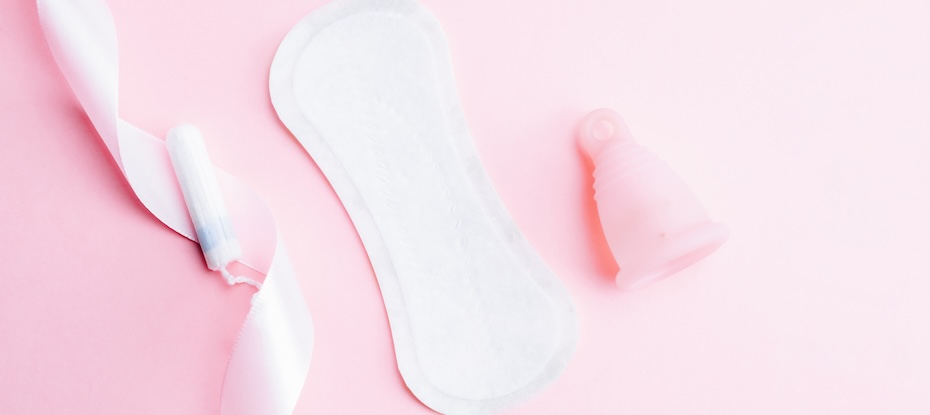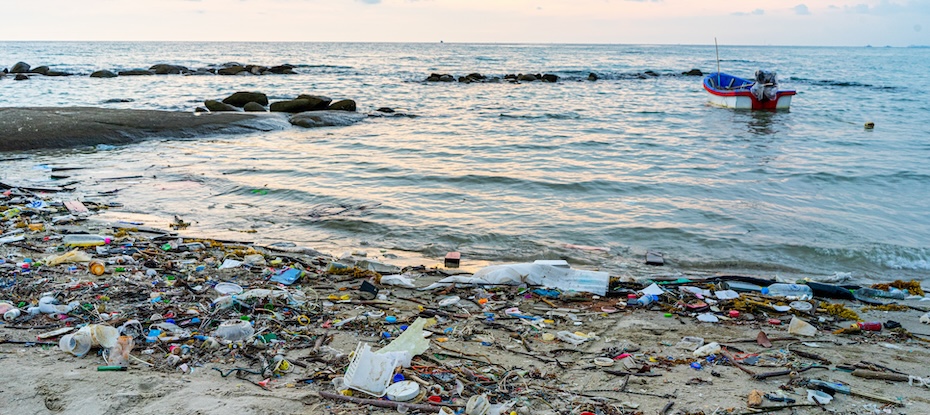
Period products today are very different to what our grandmothers’ had access to. There's a wide range of products to suit an individual's lifestyle and preferences. And while some people base their product decisions on budget, others consider the environment much more or simply convenience.
Understanding Menstruation and Its Needs
Menstruation occurs when the uterus lining sheds and flows out of the body. Known as a period, it contains blood, mucus, and uterine lining and lasts three to seven days each cycle (often every month), but everybody is different. The average age for a person to begin menstruating is 12 and stops around the early 50s with menopause. Period products are used to soak up the menstrual blood.
Traditional Period Pads
For a long time, period pads were the only alternative to period products. Over time, the pads have become more comfortable to wear and more effective at soaking the liquid to avoid leaks and staying in place.
Period pads have been a safe form of period care for decades but have lifestyle-limiting drawbacks. Water is one. Going for a swim or getting wet while wearing them isn't highly comfortable. Moreover, their bulky look didn’t work with tight-fighting clothing, so alternatives were developed and made available to the mass market.
Over the years, more people have become concerned about the environmental impact of period pads. Little of the product or packaging can be recycled due to their high plastic content (up to 90%). Period pads end in landfills and can take more than 500 years to biodegrade. In countries where household waste isn't managed effectively, sanitary products end up in the ocean and waterways causing significant damage to the environment.
Period Pad Design
Pads have changed dramatically over the years. In the 18th and 19th centuries, women used homemade cloth pads made from woven fabric or flannel. They were washed and reused, making them environmentally friendly but not as hygienic as the disposable products that came years later.
The first disposable product was launched in 1896 by Johnson & Johnson. The cotton gauze was held in place by belts made of elastic webbing and clips. The use of belts to hold the pad continued until the 1970s with the introduction of adhesive pads. They offered greater comfort and reliability from leakage when worn with underpants that had a waterproof section. Since then, pads have been made thinner and more comfortable. Adhesive wings came in to fold over the edge of underwear and secure it in place better, preventing leaks.
Environmental and Economic Concerns
One person can use 10,000 disposable sanitary products in a lifetime, producing 130 kilos of period waste, which ends up in landfills and oceans.
Pads and tampons are also incorrectly disposed of down sewerage systems, causing expensive blockages and pipe bursts, which waste our precious water resources.
In large parts of the world, period equity is a major problem. Many people living in poverty in first and third-world countries can’t afford any menstrual hygiene products. This is known as period poverty. The cost of living crisis is causing more people to choose between buying period products and other life necessities.

Modern Alternatives to Pads
Pads have made way for other alternatives; some offer better lifestyle options, while others combat the environmental issues caused by disposable products.
Tampons
An American general practitioner introduced the first commercial tampon in 1931, but it is thought tampons may have been used for thousands of years previously. Since then, tampons have been used worldwide. They allow the flexibility of swimming, playing sports, and other activities without worrying about an uncomfortable pad and possible leaking.
In 1990, the Women’s Environmental Network launched a Tampon Safety Campaign to highlight the environmental and health risks of using tampons and provided actionable tips. Many countries now regulate feminine hygiene products. In Australia, tampons must comply with the Therapeutic Goods (Standards for Tampons) Order 2019 before being supplied.
Menstrual Cups
Menstrual cups have been around for hundreds of years. However, their popularity has increased dramatically in recent years due to modern society looking for environmentally friendly products that don't add to landfills or risk clogging up waterways. The reusable cups are a small investment up front and last approximately 10 years. In comparison, disposable products can cost more than double per year.
When the cups are washed properly after use, there are little to no health risks involved with using the product. The cups are convenient because they don’t need to be changed for 8 to 12 hours, much longer than a pad or tampon. Cups are available in different sizes, from small to large, depending on the amount of flow, the age of the user, and whether they've had a baby. Most cups are made from silicon, but others are found in rubber.
Period Underwear
Period underwear is also a popular alternative for its environmental and budget-friendly benefits. Compared to disposable menstrual products, the washable, reusable ones are sustainable and have a small carbon footprint. Period underwear uses a moisture-wicking fabric with thousands of tiny filaments that can trap period blood, urine, sweat, and discharge. Period underwear can hold one to two tampon’s worth of flow and has become popular in the last 10 years because they are as easy as putting on regular underwear, so young girls enjoy their ease of use. Period underwear is ideal for nighttime use when tampons aren’t recommended. They can also offer extra protection when used with other forms of period products.
Period underwear should be washed separately with a mild detergent and without fabric softeners. Rise the product thoroughly and air dry for best safety practices.
Health and Hygiene Considerations
Any product that comes close to the skin or is inserted in the body must be carefully examined for health risks. Over the years, some period products have been linked to health risks, while numerous others have unconfirmed health risks. For best practices, follow the directions for use and ask a professional when in doubt.

Menstrual toxic shock syndrome (TSS) is a rare but life-threatening disease most commonly caused by infection of a bacteria called Staphylococcus aureus. Symptoms of TSS include fever, rash, hypertension, disorientation, vomiting, and eventually multi-system organ failure. The overall mortality rate is 8%. All tampons sold in Australia include written information about the risks of TSS. The risks can be reduced by choosing the lowest absorbency needed for the flow, following directions, changing the tampon every six to eight hours, avoiding use overnight, and being aware of the warning signs.
TSS is also a low risk when using menstrual cups. Washing the cup after every use reduces the risk of an infection. Only a small number of TSS cases have been recorded after the use of a menstrual cup.
Always wash your hands thoroughly with soap and water before inserting or removing a tampon or cup to limit the risk of introducing bacteria or getting an infection. Seek medical assistance immediately if you think you may have TSS.
People have become increasingly concerned about the chemicals used in the production of period products such as wood pulp, a brown-coloured product bleached white to make pads. The concern is that toxic chemicals can cause reproductive disorders and damage to the immune system. Furthermore, tampons made from cotton need high quantities of pesticide use during growing, and some people fear these pesticides may still exist after the production of tampons.
Everyone has their personal preference when it comes to period products, so make sure it suits you and your lifestyle needs. Consult with your health practitioner to stay safe when in doubt or regarding any concern or question. Or check if you hold an eligible Hospital Cover product for access to gynaecology services through your insurance.